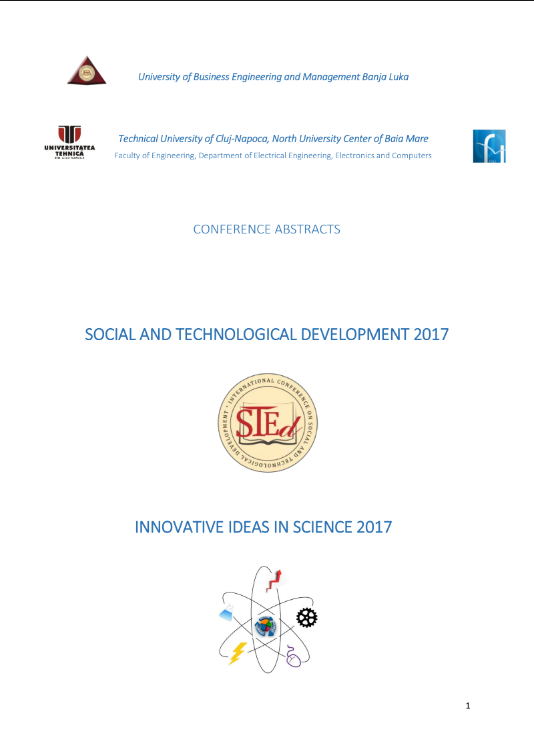
This is an open access article distributed under the Creative Commons Attribution License which permits unrestricted use, distribution, and reproduction in any medium, provided the original work is properly cited.
The lower level of the flood water control system will allow to normalize the analogue signals from the sensors (water level, amount of atmospheric precipitations and soil moisture) for further analysis and represented by four functions, namely: FC1 - the function of normalization of analog signals FC2 - the function of comparison of current values with the set values of the level (average and critical) FC3 - the function of comparison of current values with set values of precipitation (critical) and FC4 - function of comparison of current values with set critical values of soil moisture. The upper level of the system is the human-machine interface (HMI) SCADA WinCC, which displays the state of controlled values (graphical representation, archiving, and output of alarm messages). The time limits for controlling the level of flood waters and meteorological factors are set by the user of the system by himself. The choice of monitoring points (automated gauging stations) for flood waters and meteorological data (soil moisture and amount of atmospheric precipitations) is determined by adjacent areas to the rivers, which are most exposed to flood waters, as well as their location in areas where the river is divided into two or more separate flows (branches).
The statements, opinions and data contained in the journal are solely those of the individual authors and contributors and not of the publisher and the editor(s). We stay neutral with regard to jurisdictional claims in published maps and institutional affiliations.